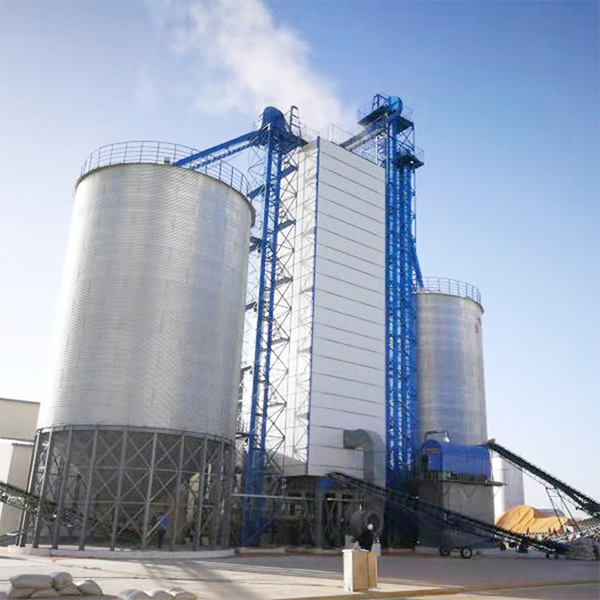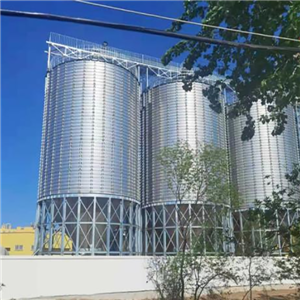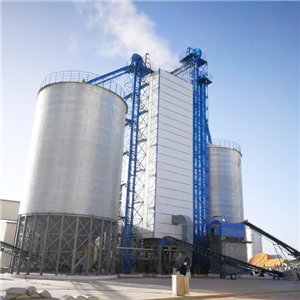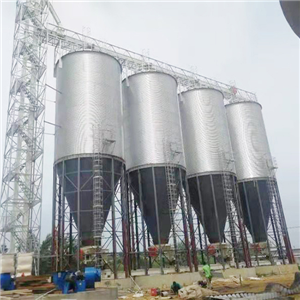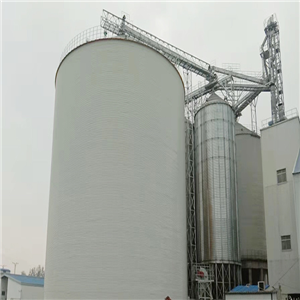How Does Grain Drying Tower Meet Environmental Protection Requirements?
To meet environmental protection requirements, grain drying tower can be optimized from the following aspects:
1. Fuel selection: Choose clean energy, such as natural gas, diesel, etc., and avoid using highly polluting fuels such as coal. At the same time, use efficient burners to ensure sufficient combustion and reduce exhaust emissions.
2. Waste gas treatment: The waste gas generated by the grain drying tower needs to be effectively treated. Commonly used methods include bag dust removal, wet dust removal, etc., which can effectively remove dust and harmful gases in the exhaust gas. The treated exhaust gas will be discharged after reaching environmental protection standards.
3. Energy saving and emission reduction: optimize the design and operation of grain drying tower, improve energy utilization and reduce energy waste. For example, an advanced heat recovery system is used to recycle the waste heat in the exhaust gas and reduce energy consumption.
4. Wastewater treatment: The wastewater generated during the operation of the grain drying tower needs to be treated and discharged after reaching environmental standards. Generally, methods such as sedimentation and filtration are used to remove impurities and harmful substances in wastewater.
5. Noise control: Choose low-noise equipment, arrange the equipment layout reasonably, and reduce noise pollution during the operation of the drying tower through sound insulation, sound absorption and other measures.
6. On-site management: Establish a complete on-site management system to monitor and manage the operation of the grain drying tower in real time to ensure the normal operation of the equipment and prevent pollution accidents.
Through the above measures, the grain drying tower can meet environmental protection requirements while ensuring the quality and safety of grain.
